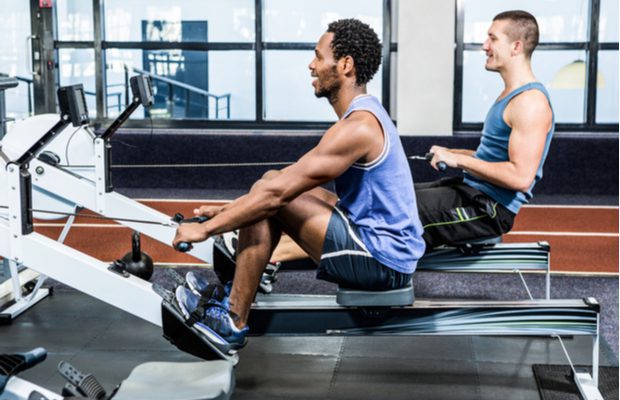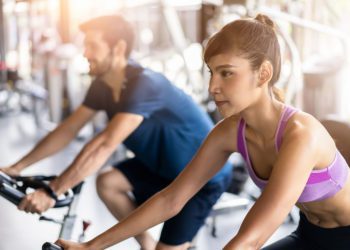The whole body nature of rowing provides an efficient, effective workout other exercises simply can’t replicate. You’ll tone your upper and lower body while promoting great joint health through the wide range of motion rowing requires. With rowing, you can achieve superb aerobic fitness and core strength, and the number of muscles used makes rowing a huge calorie burner.
People turn to rowing for many reasons: losing weight, recovery from injury, cardiac rehabilitation, managing diabetes, keeping fit for their primary sport, camaraderie and the list goes on. Because it’s a low impact movement, it works for a range of users — kids, seniors and everyone in between. It works for adaptive athletes, elite athletes and people who’ve never been athletic before.
Here are 10 tips to get the most out of rowing:
- Dress for success. Baggy pants and shorts can get caught in the seat rollers and interrupt your rowing stroke. Wear close-fitting shorts, capris or tights so you’re prepared.
- Follow along. Watch technique videos before you head to the gym so you have an idea on the basics of the stroke. If you can, watch yourself in a mirror to see if your reflection matches the body positions in the video.
- Get set up. The footstraps should cross above the ball of your foot. Tilt the monitor so it’s in view. The handle holder puts the handle within easy reach.
- Set up your workout. Many people confuse the settings on rowing machines with resistance. A setting of “10” will not be a better workout; choose between three and five for the best aerobic workout. Set up your training for time or distance to measure your performance and compare progress.
- Find your pace, watts or calories. The display can show your effort in many different units. Choose what makes the most sense to you. Rowing athletes typically use pace, but watts or calories can be helpful. The higher the watts or calories, the harder you are rowing. For pace, you’re aiming to row a faster, and smaller number as effort increases.
- Aim for 22 to 28 strokes-per-minute (SPM). SPM counts the number of times you slide up and down the monorail per minute. A faster SPM does not necessarily mean a better workout. We recommend a controlled and powerful stroke.
- Supplement your workouts. Add body exercises that encourage additional flexibility and reciprocal joint and muscle strengthening. For example, try pushups, pull-ups, stomach crunches and back arches, as well as simply bending over and touching the fingers to the toes, letting gravity help lengthen you out.
- Train with a friend. It’s easy to match up your strokes when rowing side-by-side with a friend. Or, try alternating pieces on one indoor rower while the other stretches or does other exercises.
- Clean up the machine. When you’re finished, it is courtesy to wipe down the handle, seat and monorail. Gently dampen a paper towel to clean off the display. Do not spray the monitor directly.
- Keep a log. This helps to provide motivation by noting your improvement and helps to identify a successful series of workouts.
Megan Shea is the account representative at Concept2 Inc. For more information, email megs@concept2.com or visit concept2.com.











